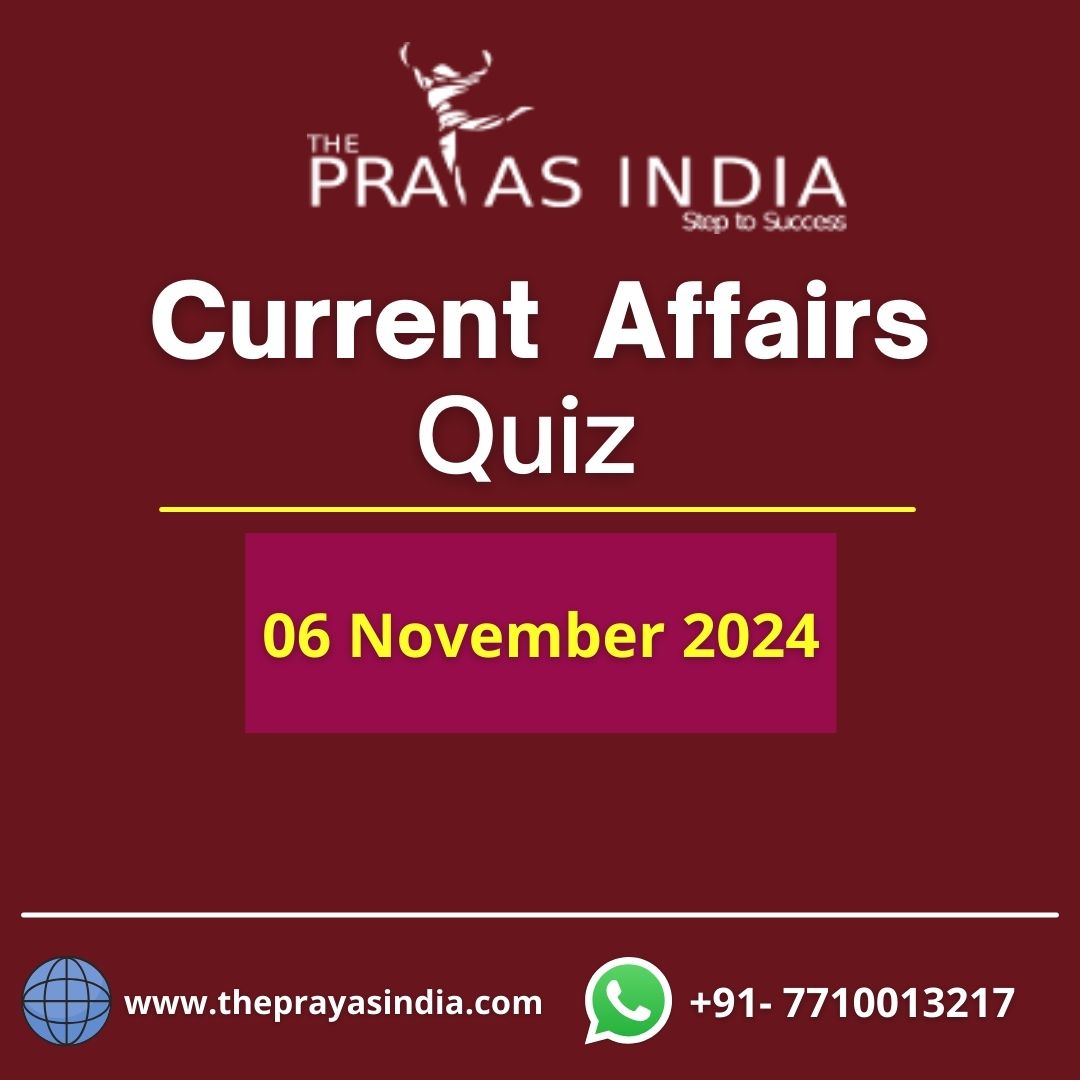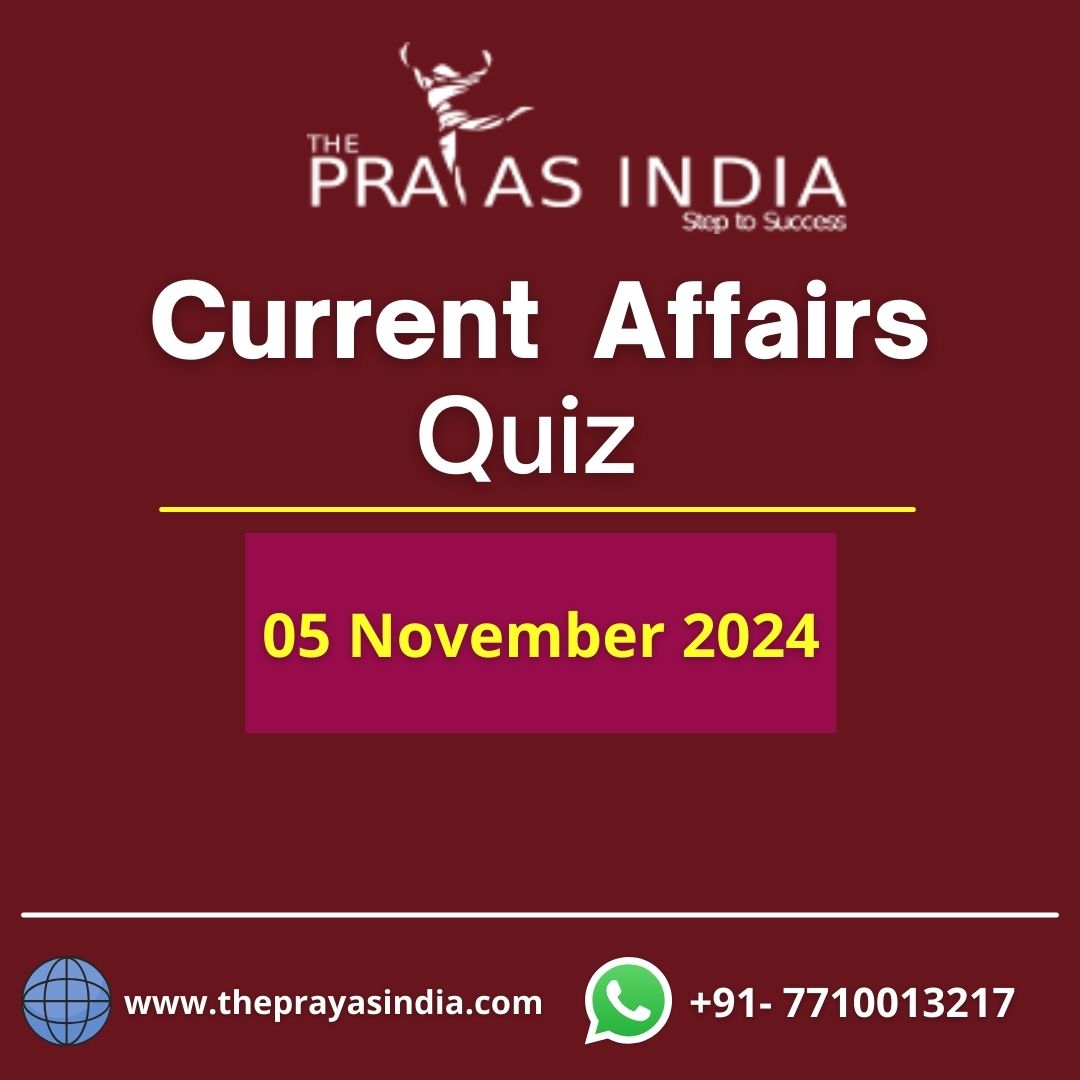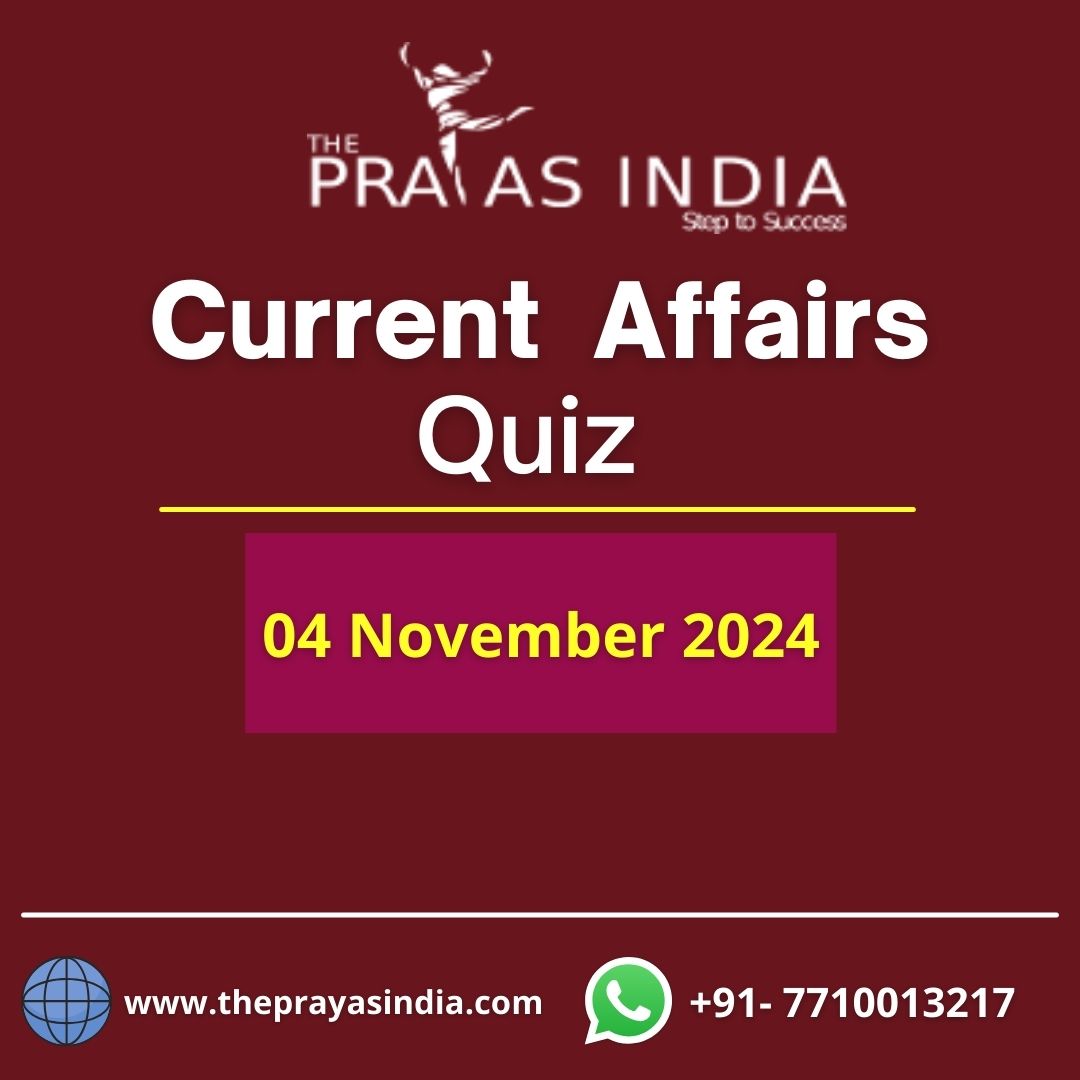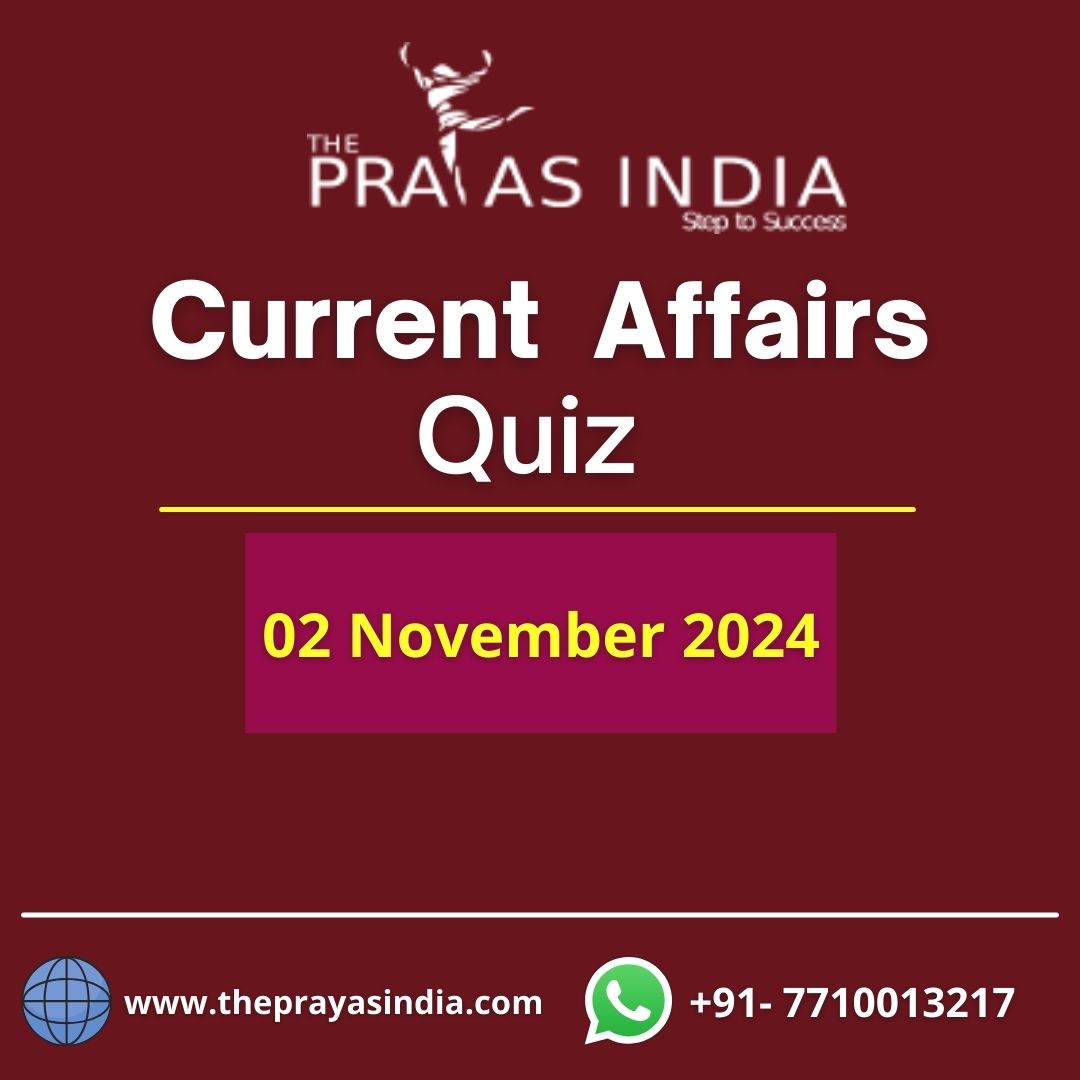Q1. Head on Generation (HOG) technology, recently seen in the news is related to:
- Lithium-Ion Batteries
- Railways
- Artificial Intelligence
- Internet of Things
B – Explanation:
- Head on Generation (HOG)—is being adopted by the Indian Railways,power supply is tapped from overhead power lines and distributed to train coaches.
- What is Head on Generation (HOG) technology?
- The system runs the train’s ‘hotel load’ (the load of air conditioning, lights, fans, and pantry, etc.) by drawing electricity from the overhead electric lines through the pantograph. Hence, option (b) is the correct answer.
Q2. Which one of the following is an exhaustible but renewable natural resource?
- Soil
- Solar energy
- Nuclear energy
- Water in usable condition
D : Explanation
- Water in usable condition is an exhaustible but renewable natural resource. Hence, option (d) is the correct answer.
Q3. The Part-IV of the constitution of India mentions which of the following as the duty of every citizen of India?
- To renounce practices derogatory to the dignity of women.
- To value and preserve a unitary national cultureTo develop the spirit of inquiry and reform
Select the correct answer code:
- 1 only
- 1 and 2 only
- 1 and 3 only
- 1, 2 and 3
C : Explanation
- It shall be the duty of every citizen:
- To abide by the Constitution and respect its ideals and institutions, the National Flag and the National Anthem.To cherish and follow the noble ideals which inspired our national struggle for freedom.To uphold and protect the sovereignty, unity, and integrity of India.To defend the country and render national service when called upon to do so.To promote harmony and the spirit of common brotherhood amongst all the people of India transcending religious, linguistic and regional or sectional diversities; to renounce practices derogatory to the dignity of women.To value and preserve the rich heritage of our composite culture.To protect and improve the natural environment including forests, lakes, rivers, wildlife and to have compassion for living creatures.To develop the scientific temper, humanism and the spirit of inquiry and reform.To safeguard public property and to abjure violence.To strive towards excellence in all spheres of individual and collective activity, so that the nation constantly rises to higher levels of endeavor and achievement.Who is a parent or guardian, to provide opportunities for education to his child, or as the case may be, ward between the age of six to fourteen years.Hence, option (c) is the correct answer.
Q4. The term ‘Unicorn Company’ often seen news means?
- Privatisation of any loss-making state-owned company
- Privately held start-up company valued at over US$1 billion
- A public sector company merged with another public sector company
- Foreign multinational company doing business in India
B – Explanation:
- In business, a unicorn is a privately held startup company valued at over US$1 billion. Hence, option (b) is the correct answer.
Q5. Yeast, which is used to make bread, belongs to the group.
- Protozoa
- Bacteria
- Protista
- Fungi
D : Explanation
- Yeasts are eukaryotic, single-celled microorganisms classified as members of the fungus kingdom. Hence, option (d) is the correct answer.
Q6. Consider the following statements:
- Sea of Japan separates Japan and China.
- Yellow sea separates China and Korean Peninsula.
Which of the above statements is/are not correct?
- 1 only
- 2 only
- Both 1 and 2.
- Neither 1 nor 2.
A : Explanation
- The Sea of Japan is a marginal sea between the Japanese archipelago, Sakhalin, the Korean Peninsula and Russia.The Yellow Sea is a marginal sea of the Western Pacific Ocean located between mainland China and the Korean Peninsula.Hence, option (a) is the correct answer.
Q7. Which of the following is/are the measures to control the inflation?
- Increasing the GST rates on commodities
- Increase in government stimulus packages
- Increasing the transfer payments
Select the code of the correct answer:
- 1 only
- 1 and 2 only
- 1 and 3 only
- 1, 2 and 3
A : Explanation
- Inflationis the increase in the prices of goods and services over time. Inflation is generally controlled by the Central Bank and/or the government. The main policy used is monetary policy – set by Central Banks.Increasing in the GST rates on commodities reduces demand, leading to lower economic growth and lower inflation. Hence statement 1 is correct.Transfer payments are the receipts that the residents of a country get for ‘free’, without having to provide any goods or services in return. Thus, increasing transfer payments increases spending capacity and lead to increase in demand. Thus, it further increases inflation. Hence statement 3 is not correct. Increase in government stimulus packages increases spending capacity and lead to increase in demand. Thus, it further increases inflation. Hence statement 2 is not correct.
Q8. Consider the following statements with regards to the famous social reformer Sree Narayana Guru:
-
- He gave the famous slogan “One Caste, One Religion, One God for All” (Oru Jathi, Oru Matham, Oru Daivam, Manushyanu).
- In 1888, he built a temple dedicated to Lord Shiva at Aruvippuram which was against the caste-based restrictions of the time.
- Sree Narayana Guru became one of the greatest proponents and re-evaluators of Advaita Vedanta, the principle of non-duality put forward by Adi Shankara.
- 1 and 2 only
- 2 and 3 only
- 1 and 3 only
- All of the above
D : Explanation
- Sree Narayana Guru was born on August 22, 1856, in Chempazhanthy, a tiny village in Thiruvananthapuram, Kerala, to Madan Asan and his wife, Kuttiyamma. According to societal mores of the period, he originally belonged to the Ezhava caste and also was deemed ‘avarna’.He coined the slogan“One Caste, One Religion, One God for All” to combat caste injustice (Oru Jathi, Oru Matham, Oru Daivam, Manushyanu).In 1888, he constructed a temple in Aruvippuram devoted to Lord Shiva, defying the caste-based norms of the time.He became one of the most ardent supporters and re-evaluators of Advaita Vedanta, Adi Shankara’s non-duality concept.Sree Narayana Guru wrote several books in a variety of languages, Advaitha Deepika, Asrama, Thevarappathinkangal, and a few others.Hence all the statements are correct.
Q9. Consider the following statements:
- The drug Montelukast is an oral treatment given to prevent wheezing, difficult breathing and chest tightness caused by asthma.
- When it infects the human cell, the coronavirus releases a protein called Nsp1, which is the key to its replication.
- Nsp1’s mutation rate is much higher as compared to the other viral proteins.
Choose the correct code:
- 1 and 2 only
- 2 and 3 only
- 1 and 3 only
- All of the above
A : Explanation
- The drug, montelukast is an oral treatment given to prevent wheezing, difficulty in breathing, chest tightness, and coughing caused by asthma, and is also used to prevent breathing difficulties during exercise, according to the US National Library of Medicine. Montelukast is used to prevent the symptoms of asthma. It’s usually prescribed when asthma is mild and can stop it from getting worse. Hence statement 1 is correct. When it infects the human cell, the coronavirus releases a protein called Nsp1, which is key to its replication. The viral protein binds to the host cell’s protein-making machinery, called the ribosome. Targeting Nsp1, therefore, can reduce the damage inflicted by the virus. And the IISc researchers found that montelukast binds strongly to Nsp1, blocking its access to the ribosome.
- Hence statement 2 is correct. Nsp1’s mutation rate is very low compared to other viral proteins, which means Nsp1 is likely to remain largely unchanged in any virus variants that emerge. Hence drugs targeting this region are expected to work against all such variants. Hence statement 3 is not correct.
Q10. Consider the following statements with regards to the United Nations Security Council:
-
- The veto power originates in Article 24 of the United Nations Charter.
- A permanent member that abstains or is absent from the vote will not block a resolution from being passed in the UNSC.
- The first veto ever recorded was in 1946, when the Soviet Union blocked a draft resolution regarding the withdrawal of foreign troops from Lebanon and Syria.
- 1 and 2 only
- 1 and 3 only
- 2 and 3 only
- All of the above
C : Explanation
- Although the “power of veto” is not mentioned by name in the UN Charter, Article 27requires concurring votes from the permanent members. Hence statement 1 is not correct.A permanent member that abstains or is absent from the vote will not block a resolution from being passed. Hence statement 2 is correct.The first veto ever recorded was in 1946, when the Soviet Union blocked a draft resolution regarding the withdrawal of foreign troops from Lebanon and Syria. Hence statement 3 is correct.




